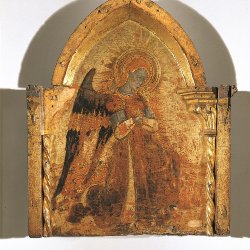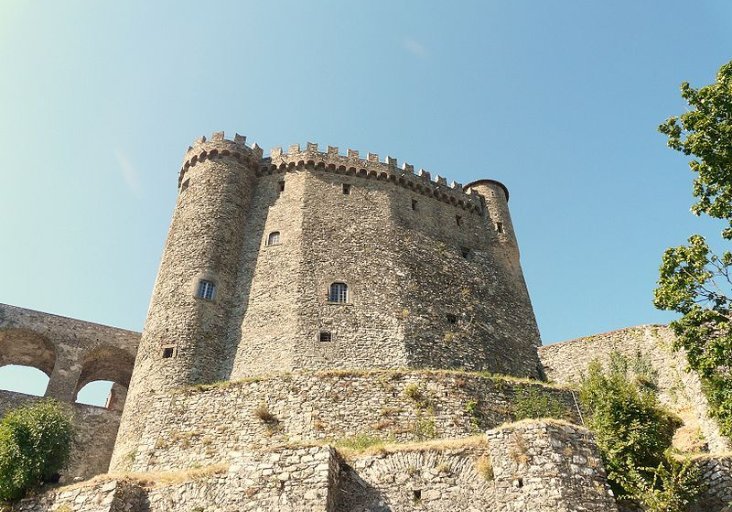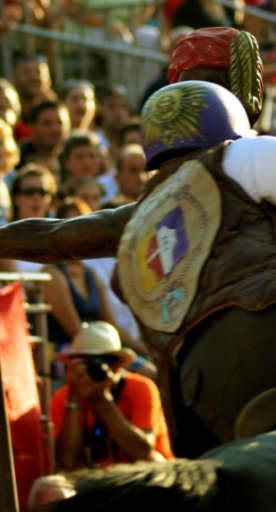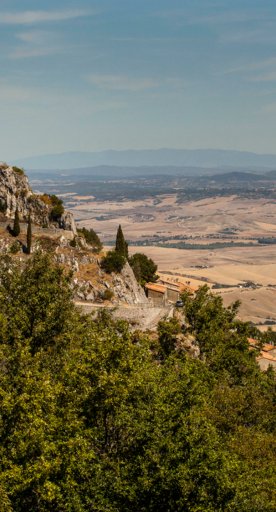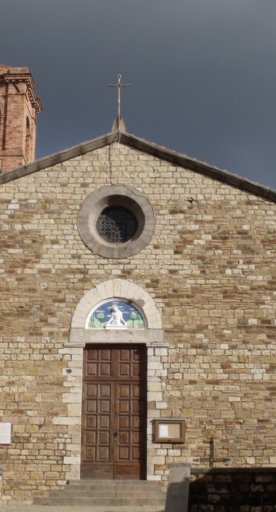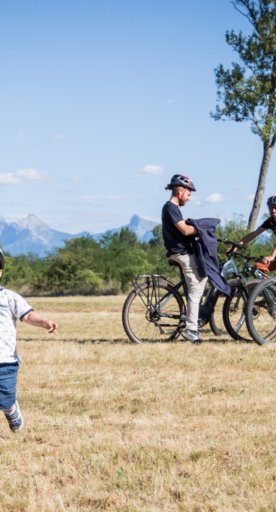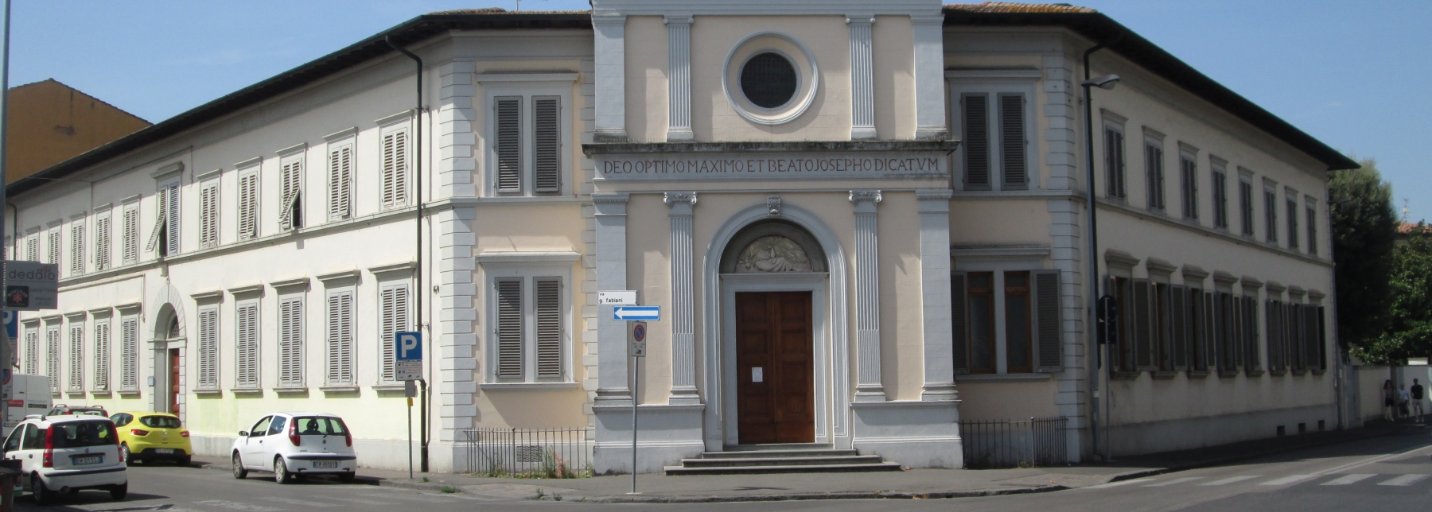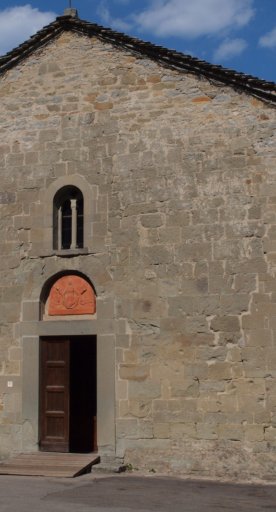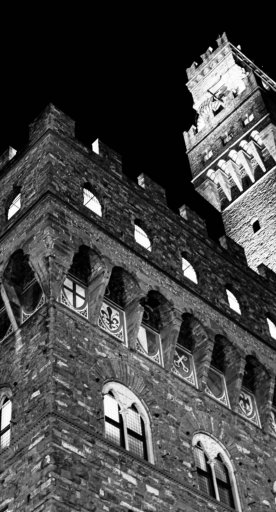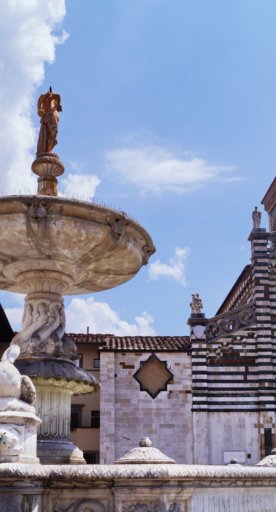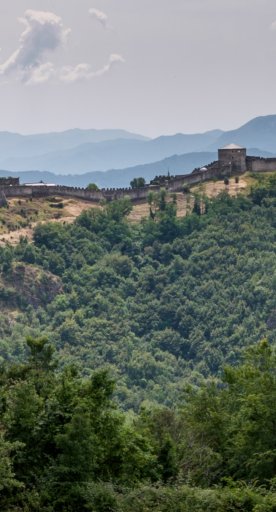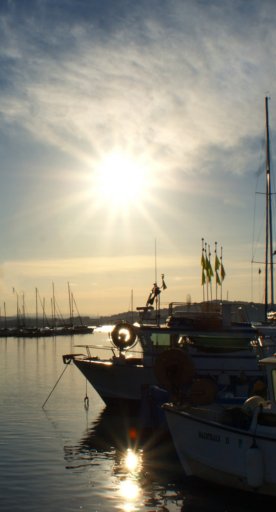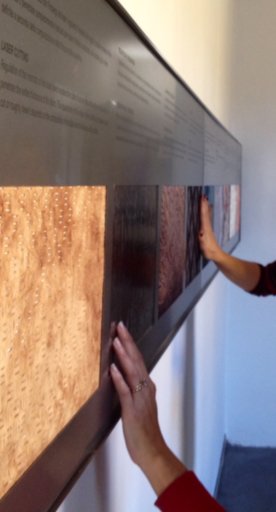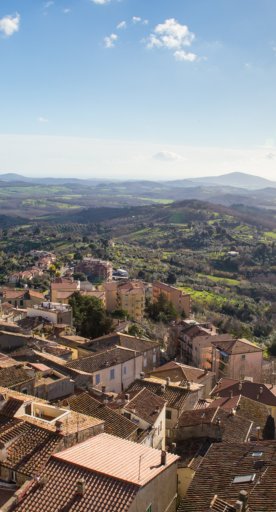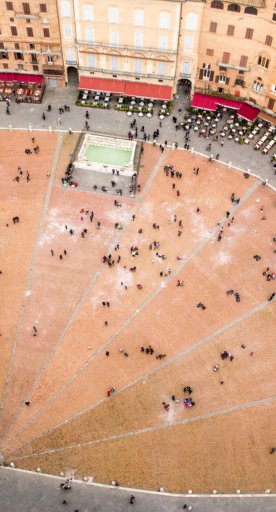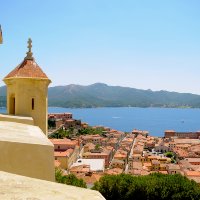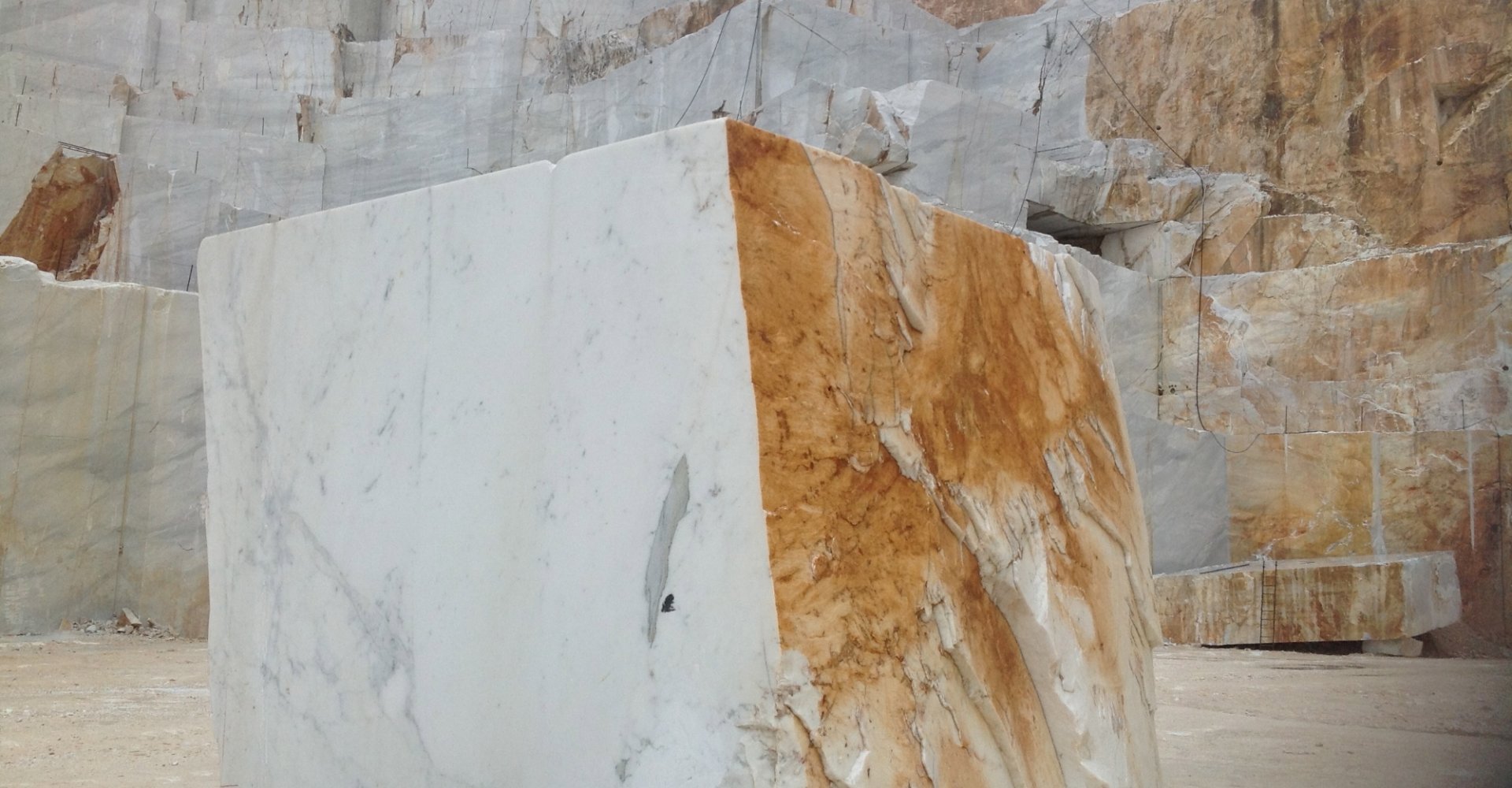

5 marble quarries to visit in the Apuan Riviera
Surrounded by the lunar landscape of the Apuan Alps, here are 5 tips for visiting a truly precious heritage
Visible as early as from the valley, looking up at the mountains, the marble quarries are places rich in charm, history and tradition.
It was here on the Apuan Riviera that Michelangelo personally went to select the block of white gold from which he would carve the famous Pietà between 1497 and 1499.
Entering the heart of the quarries is a powerful experience that starts with the eyes and reaches the soul, in an emotional journey that encompasses all the wonder of the laborious balance between man and nature.
Let’s look together at 5 quarries you can visit.
For visits, refer to the directions on the respective web sites or social pages.
-
1.Roman Quarry of Fossacava
-
2.Ravaccione Gallery Quarry
-
3.Quarry 177
-
4.Fantiscritti Quarry Museum
-
5.Valsora Quarry
Roman Quarry of Fossacava
Just a few kilometers from Colonnata, home of the famous PGI Lard of Colonnata, and immersed in the picturesque setting of the Apuan Alps, the Quarry of Fossacava is an archaeological area consisting of a large quarry from the Roman era, dating back to the 1st century B.C. and complete with all its technical components: cut-outs, trenches, quarry marks.
Extraction plans are still visible, and the rock bears the marks of ancient quarrying techniques.
The archaeological site can be visited thanks to a series of walkways that make it easily accessible: in addition, some signposts provide information in Italian and English.
Periodically, particularly in the summer period, themed guided tours, food and wine events and educational workshops are organized upon reservation.
Ravaccione Gallery Quarry
The Ravaccione Gallery marble quarry originates in the heart of marble basins in Carrara, between Ravaccione - favorite place of Michelangelo for the quality of the marble - and Fantiscritti, where quarrying dates back to Roman times.
In this quarry, it is possible to visit the immense rooms of the “Cathedral of Marble”, observe the machinery and its uses, learn about extraction techniques and, of course, get information about marble as a material used in various fields.
It is also possible to admire the Mural of Ozmo that reenacts the Genesis of Michelangelo.
There is also a winery in the quarry where a sparkling wine made from native grapes is aged.
Quarry 177
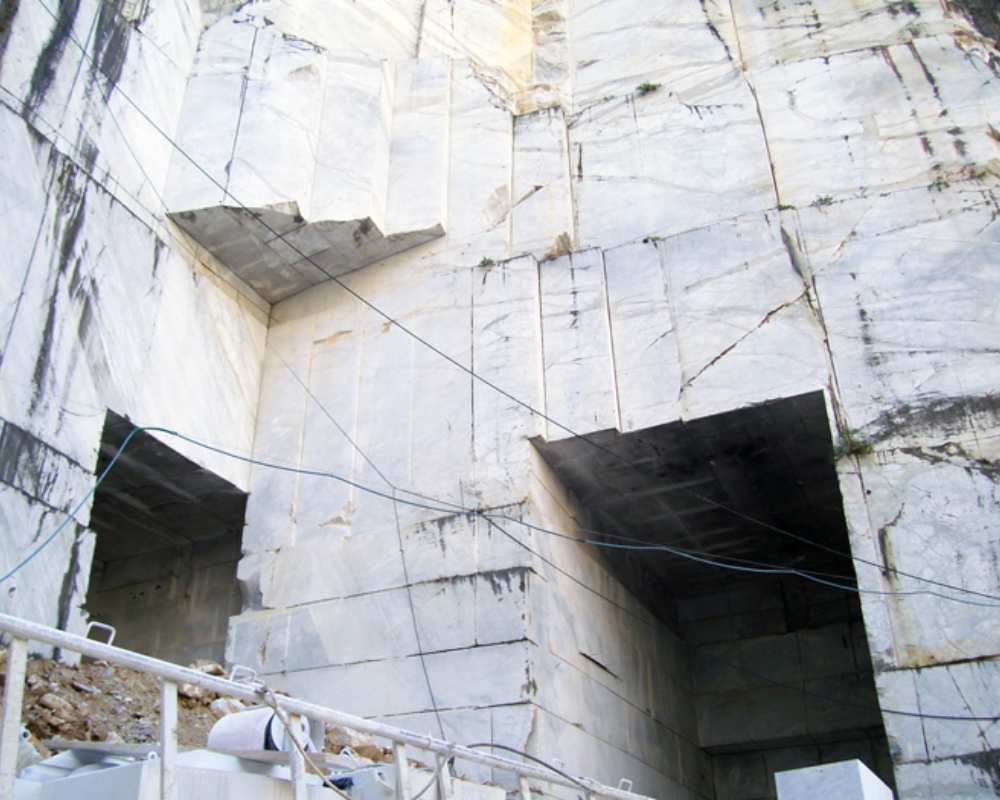
In Quarry 177 it is possible to observe the modern machinery used for marble mining and relive the history of white marble immersed in a truly extraordinary setting in which nature shows its majesty.
The tour begins with workings from the Roman era, including the base of a large marble column that is excellently preserved and two sections of columns in originals from a quarry find, as well as typical cut-outs also dating back to Roman times.
It then moves on to the Middle Ages and the Renaissance by letting you immerse in the origin of the world’s most famous white marble sculptures, both ancient and contemporary.
The historical exposition concludes with an explanation of the old methods of marble mining.
At this point we enter the mining heart of the quarry where we observe the machinery that is used by quarrymen every day.
Fantiscritti Quarry Museum
The guided tour inside the Fantiscritti Quarry Museum is an experience that tells 2000 years of history between art and traditions.
Beginning with a report of the ancient processing and transportation of marble, here the social and cultural aspects of the hard and strenuous work faced by quarrymen over the centuries are enhanced.
A true journey that runs through the entire marble cycle.
Nestled in the beautiful landscape of the Apuan Alps, the quarry houses an open-air exhibition where visitors can admire, besides the various mining techniques, life-size sculptures.
Valsora Quarry
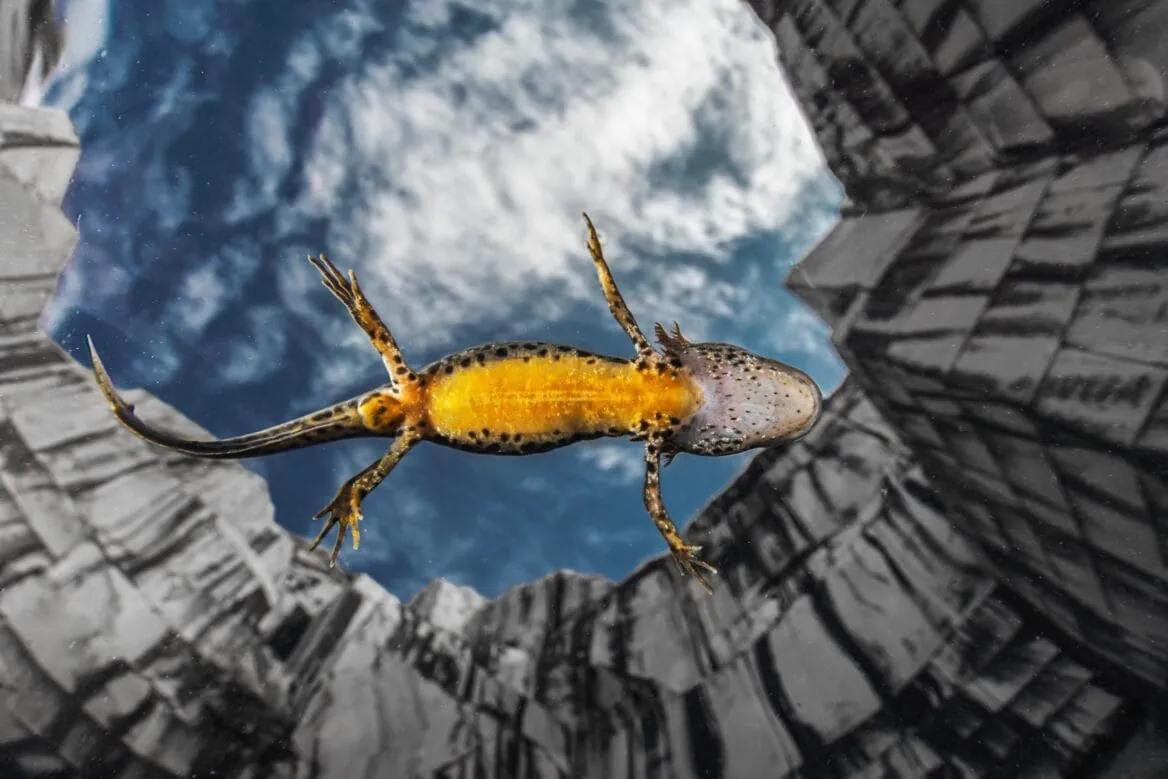
Valsora Quarry is located at an elevation of about 900 meters, at Passo del Vestito in the Apuan Alps.
It is a unique place, a fascinating mining site surrounded by nature that is also home to the Laghetto dei Tritoni (Small Lake of Newts), a bio-lake located in a striking setting of high vertical walls of striated marble.
The bio-lake was formed in 2016 in the amphitheater of the “cava a pozzo” (vertically built), where marble extraction took place. In this void, the action of rainwater and the presence of micro residues of calcium carbonate allowed the formation of the lake that is home to, precisely, the Apuan alpine newt, a species of caudate amphibian from the Salamander family.
In this quarry, traces of the historical memory of past workings are mixed with the modernity of working methods.
The starting concept in the design of this space was sustainable development, to protect the ecosystems present and redevelop the environments.
Today the quarry is a unique environment where art, work and nature coexist in perfect harmony.
Additional quarries can be visited as part of tailor-made tours and excursions organized by licensed tour guides, tour operators and travel agencies.









